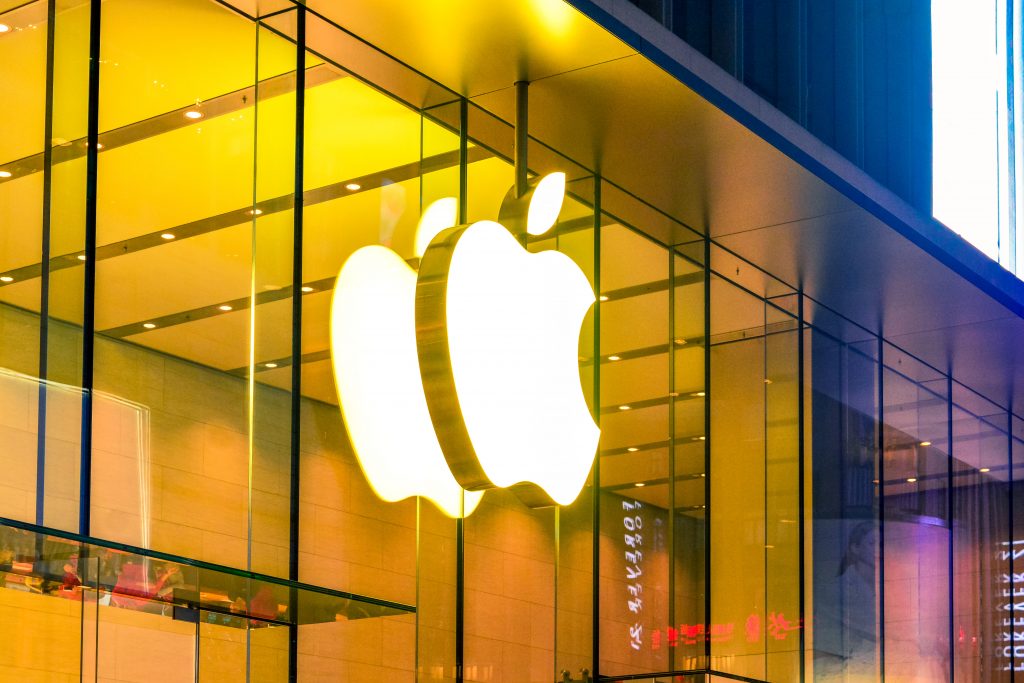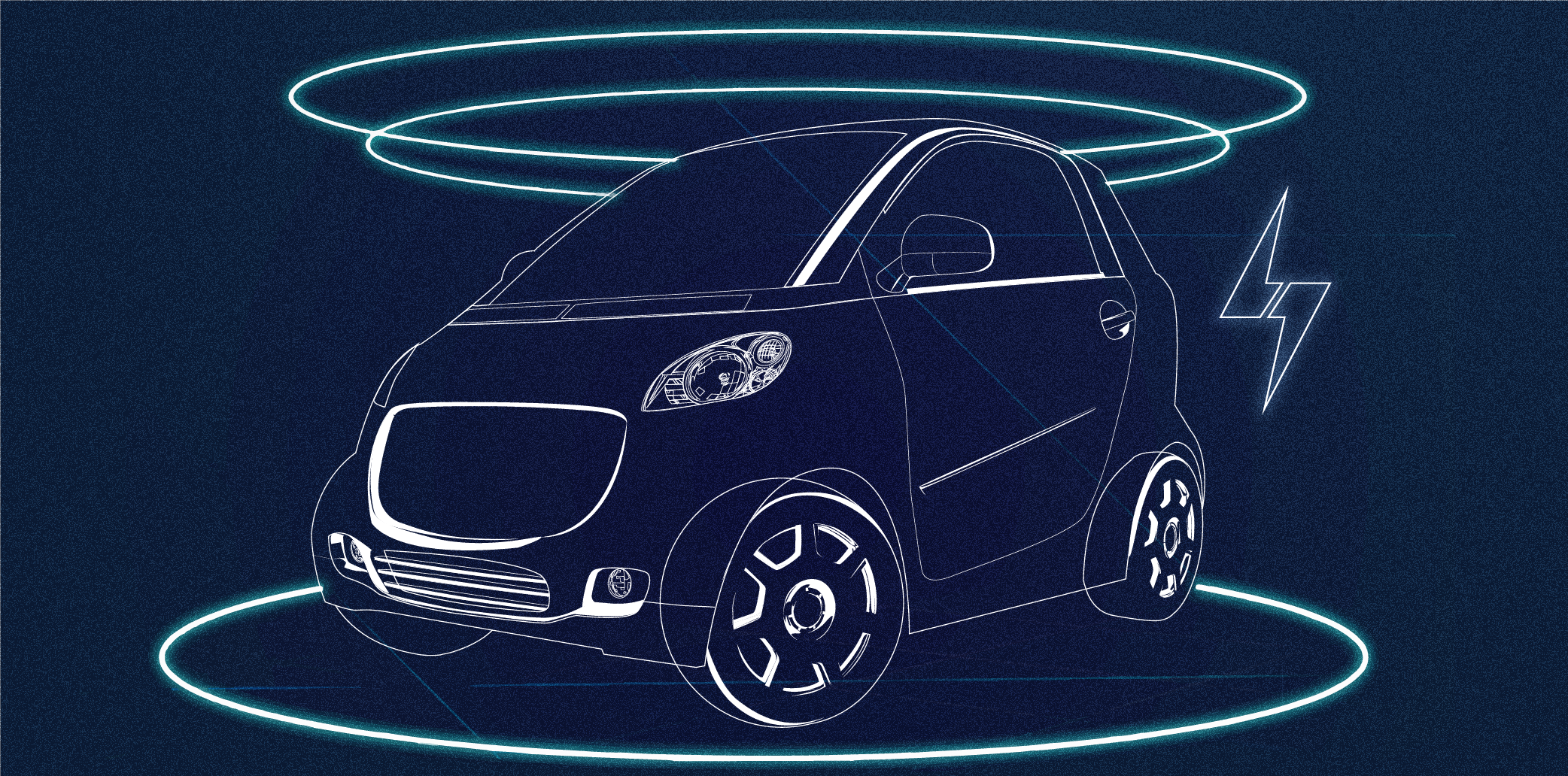The history of the auto industry has been one of ever-shifting alliances in pursuit of scale: Toyota Motor joining and later parting with General Motors, Mazda Motor doing the same with Ford Motor, and even Renault and Nissan Motor, once seen as exemplary partners but now looking to renegotiate their arrangement.
The joint venture between Sony Group and Honda Motor is something entirely different, a cross-industry tie-up that reflects the changing rules of the game.
In his opening remarks at a news conference last week, Chairman and CEO Yasuhide Mizuno of Sony Honda Mobility bluntly described the purpose of the partnership in a way that seemed to repudiate the approach taken by Honda’s auto business—which he himself had led until recently.
“The mobility industry is reaching a time of transformation, with digital technology and software at the epicenter,” he said. “Leading that transformation requires a completely different approach from the way that existing original equipment manufacturers do things.”
The industry’s focus on competing on scale ties into the strategy of mass production for mass consumption that automakers have followed since Henry Ford, inspired by meat processors, introduced the assembly line in the 1910s. GM surpassed Ford with a multibrand strategy based on acquisitions before Toyota was even founded.
Representative of this mindset was the idea of the “4 million club,” named for the number of cars an automaker was believed to need to sell each year to survive. This term entered the lexicon with the 1998 “merger of the century” between Daimler-Benz and Chrysler.
The following year saw the creation of the Renault-Nissan alliance. While it was originally intended to save the ailing Nissan, once the Japanese automaker got back on its feet, the partners expanded around the world in leader Carlos Ghosn’s push for economies of scale.
The Japanese-French partnership is now coming to a turning point. The two companies are reportedly seeking to rebalance their capital relationship, which has been dominated by Renault since its inception in 1999.
The immediate reason for the change lies in Renault’s shifting circumstances. The French company has stumbled in Asia, a region it had set its sights on as a growth market for more than a decade, while its home turf of Europe is pushing for a rapid transition to electric vehicles.
Renault is considering separating its electric and internal-combustion-engine operations into separate companies, essentially showing that its single-minded drive for global scale with Nissan has failed.
Meanwhile, the industry itself is undergoing a shift, as values shifts from hardware to software. German auto parts maker Continental estimates that roughly 30% of the value of a car comes from software, and carmakers are scrambling to recruit or train software engineers.
Just as the partnerships for scale epitomized by the Renault-Nissan alliance are starting to be considered a relic of the 20th century, the Sony-Honda partnership has emerged with a focus on software-driven development.
The recent histories of the two companies show that the decision to team up is no coincidence.
Back in the “4 million club” days, then-Honda President Hiroyuki Yoshino said auto alliances were “like taking part in a three-legged race,” turning his back on the race for scale in favor of laying a foundation for future innovation in Silicon Valley, where the automaker set up a computer science research center in 2000.
Five years later, this became a base for investment in startups with cutting-edge technology. While following the go-it-alone ethos of founder Soichiro Honda in its main business, the company has in fact been an early adopter of the concept of open innovation.
At Sony, meanwhile, Izumi Kawanishi, who spearheaded the revival of the AI robot dog Aibo in 2016, and Hiroki Totoki, now executive deputy president of Sony Group, together envisioned a foray into the auto industry. While the move is often spoken about in terms of electric vehicles, the pair saw “software-defined vehicles,” rather than hardware like electric motors, as their path to success.
This mutual pursuit of the next step forward for the industry led Honda and Sony to join hands.
The alliance will start off developing its own autonomous-driving technology and in-vehicle entertainment software in-house. But that alone would not be enough to win under the new rules of the game, a point that Mizuno, the Sony Honda Mobility chief formerly of Honda, acknowledged in last week’s news conference.
He said that “customers and creators will participate in product development”—in other words, open innovation.
Put another way, the goal is likely to replicate the platform-based model that Apple built with the iPhone. Apple has taken great pains to polish its hardware as a base for its app ecosystem. Similarly, Sony and Honda have joined forces to create electric vehicles that can become a hub for software.

Whether Sony and Honda will succeed remains to be seen. They face numerous rivals, including Chinese tech company Baidu. Apple is rumored to be considering a foray into the field as well.
The answer may lie in Sony’s game segment, which has succeeded in creating a thriving platform-based business around the PlayStation. Playing catch up with such rivals as Nintendo, Sony’s game segment turned to outside game creators to produce titles for the game console.
Kazuo Hirai, who later became Sony CEO, went to great lengths to create an environment conducive to developer participation under the banner of “Creator First.” And this strategy has help propelled the PlayStation to a blockbuster success.
Kawanishi, who will represent Sony in the alliance with Honda, led the “Creator First” campaign at that time. He also had served as a liaison between Sony’s personal computer business and outside software developers since the 1980s, before the launch of the PlayStation.
“I became convinced that software content is as crucial as the hardware,” said Kawanishi, looking back at those years. “The idea of merging software and hardware and developing a platform for that end came to me through those experiences.”
The Sony-Honda alliance is making a big bet on the newly emerging software-led automobile business model. This also marks an attempt to overhaul the current pyramid made up of millions of parts suppliers with finished carmakers at the top.
“It is time to review relationships with stakeholders that support the industry,” said Kawanishi.
Needless to say, the automobile industry is the pillar that supports the Japanese economy. That mega-industry is now facing a once-in-a-century shift. Leading the change are Tesla and other newcomers overseas.
Sony and Honda decided to join the foray. Whether to stay on the sidelines or take on the change: this is a question facing all automakers.
This article first appeared on Nikkei Asia. It has been republished here as part of 36Kr’s ongoing partnership with Nikkei.

